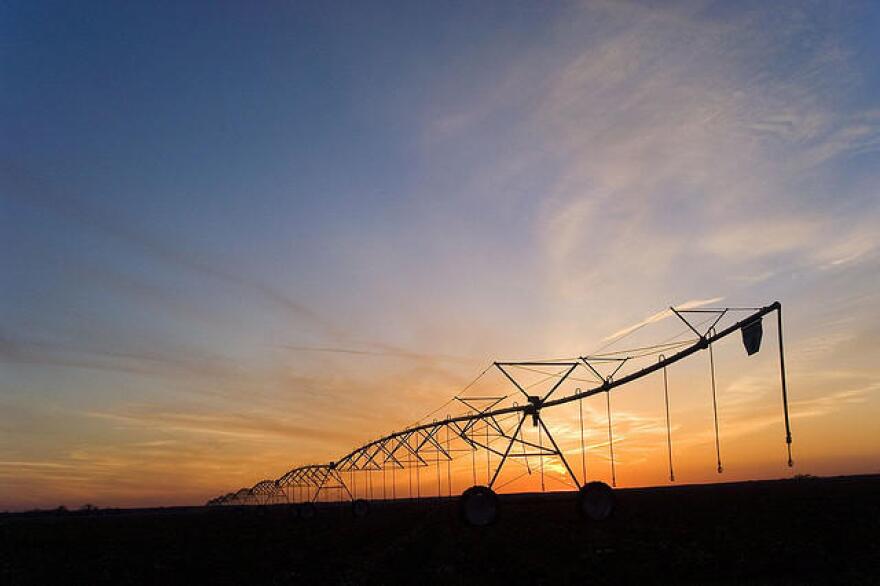Aquifers around the world, including the High Plains, provide water for crops, but as National Geographic reports, a new study suggests that some of the biggest grain-producing regions could run dry in the next 50 to 100 years.
Inge De Graaf, a hydrologist with the Colorado School of Mines in Golden, Colorado, developed a new model that simulates regional groundwater dynamics and withdrawals from 1960 to 2100 and she found that groundwater supply for several agricultural powerhouses, including the High Plains region, could be depleted between 2050 and 2070.
Other areas of the globe facing a dwindling groundwater supply are the Central Valley, Tulare Basin and southern San Joaquin Valley in California and the Upper Ganges Basin in India, southern Spain and Italy, which de Graaf’s study indicates could be all used up between 2030 and 2060.
This could have a drastic impact on the global food supply and could leave as many as 1.8 billion people without access to fresh water.
The Food and Agriculture Organization reported in 2009 that there will be an estimated 2.3 billion people on the globe by 2050 that will require 70 percent more food.
This puts groundwater depletion at the top of the list for scarce natural resources, which is no secret to the eight states, including of Kansas, Oklahoma, Texas, Colorado, Nebraska and New Mexico, that rely on the Ogallala aquifer.
Irrigation equipment used to pump water from the Ogallala for use on corn, wheat and cotton crops, accounts for most of the usage.
The Ogallala water made Kansas a leading producer of wheat, and ethanol production and beef feedlot consolidation in southwest Kansas and the Texas Panhandle made corn king. Cotton, hog processing plants and dairies have also popped up in the region.
William Ashworth, author of Ogallala Blue said no one commodity is to blame.
“It is dairies and cotton and corn. And alfalfa and millet and beef cattle and lawn sprinklers and every other use that demands a piece of the large but limited Ogallala supply. Individually, there ought to be enough water for any of them. Collectively, they are going to run out, and each of them is going to demand that all of the others have to run out first,” Ashworth said.
While parts of the Ogallala contain enough groundwater to last 100 years or more, depletion rates in the heart of the aguifer that runs the width of the Texas Panhandle north 450 miles, from Lubbock to the Kansas-Nebraska state line are likely to tap that portion dry in half that time.







